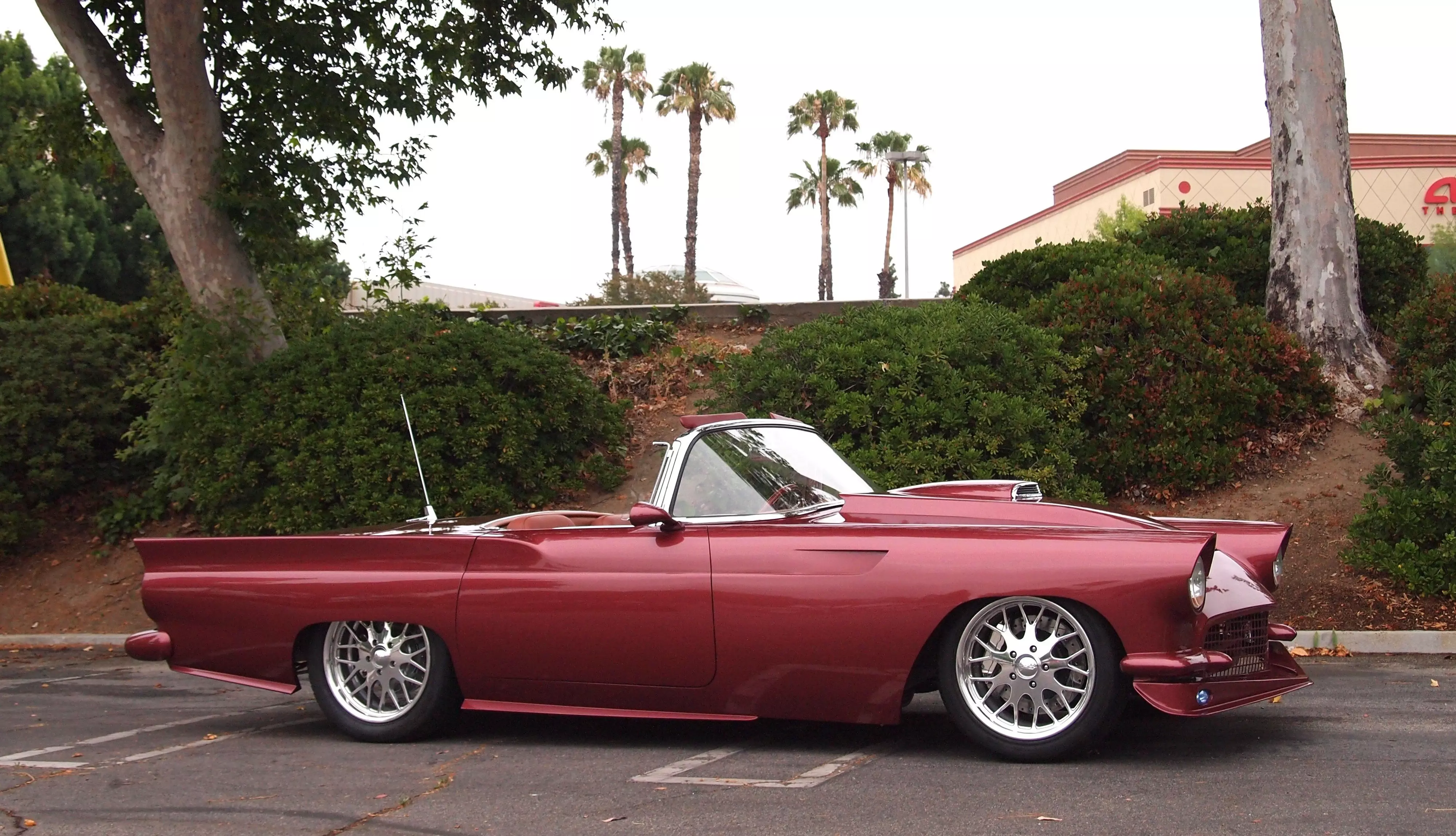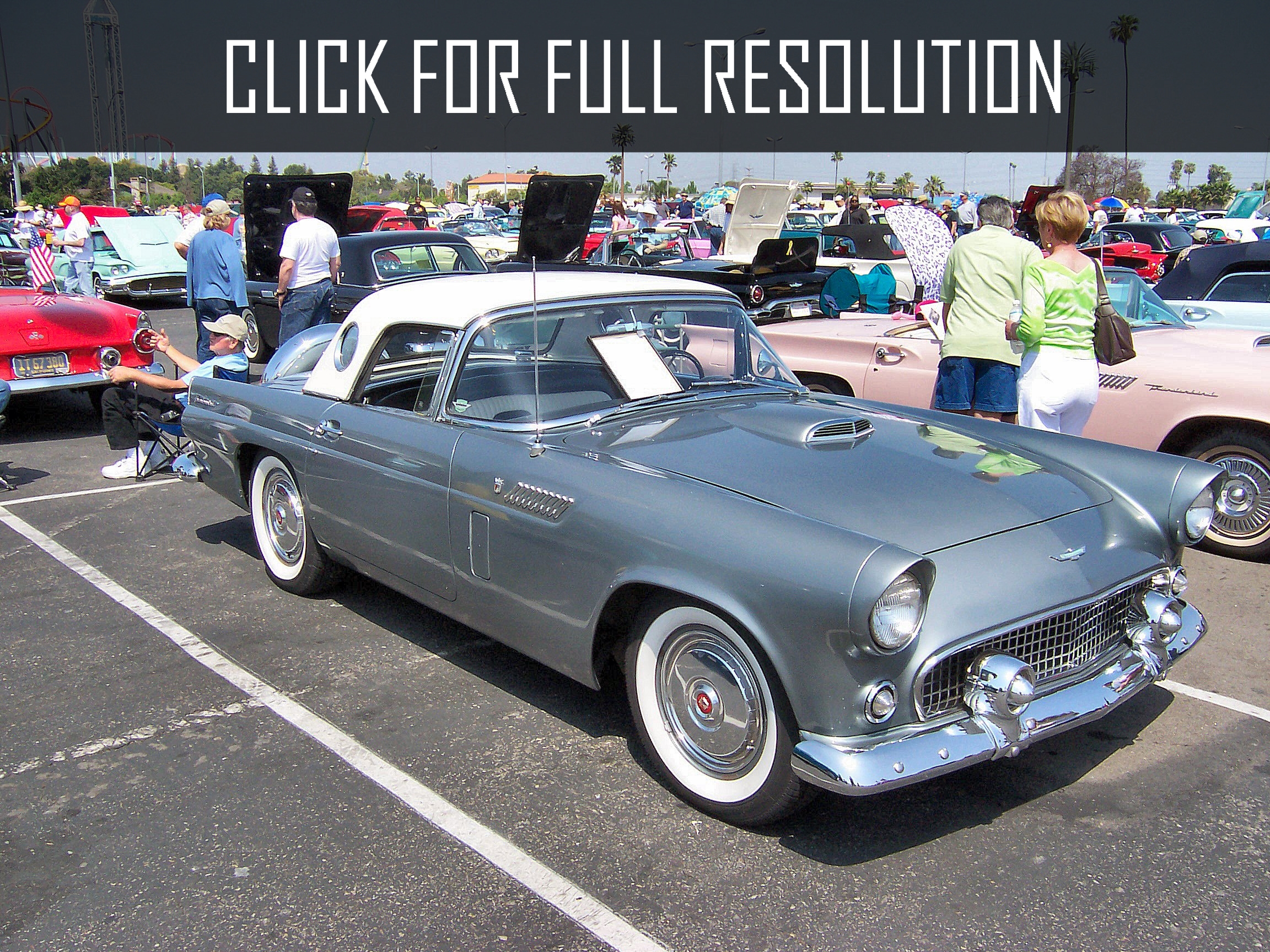

Consumers probably can expect to see more of thisploy by all automakers to keep base prices down and put the onus of higher prices on the consumer for choosing of options.Car is original, in beautiful condition for its age, drives very well and smooth.

The list of options ($4,045 worth) took up more space on the window stickerthan the standard equipment. One drawback: you feel compartmentalized in the front seat by an instrumentpanel that protrudes well into the cabin.īase price of the Thunderbird LX we tested is $17,485, a sticker held down by making traction-assist and ABS options so as not to force the factory to bump up the cost by $665 but rather put the blame for a higher sticker on thecustomer. The T-bird’s attraction now is the 4.6-liter, 190-h.p., V-8, which allows you to move from the line with little hesitation and tow a small boat or camper. It also means that those who rely on a T-bird to tow will have to move up to the rear-drive Ford Crown Victoria, though it, too, is earmarked for the Taurus platform in 1999. In the process the ‘Bird will shed somesize and weight and be limber and nimble enough to provide the ride, handling and performance of the younger Pontiac Grand Prix. In the fall of ’98, Thunderbird will visit the fountain of youth and borrowthe Taurus front-wheel-drive platform. Ford, however, has spent no time or effort trying to educate consumers. With traction control ($95), ABS ($570) and dual air bags (standard), there’s little reason to fear treading on the highway when the seasons change,but getting that message across to the public is no easy task. Though carrying a proud name, the rear-wheel-drive car for years has been burdened by having to justify its existence in a front-wheel-drive world–especially in the Snow Belt. If you stick around long enough, you get to be called an icon and the liverspots become a symbol of survival. Difficult to imagine that this portly coupe owes its heritage to the slim and trim ’55 Thunderbird, which, over the years, grew by leaps and pounds.


 0 kommentar(er)
0 kommentar(er)
